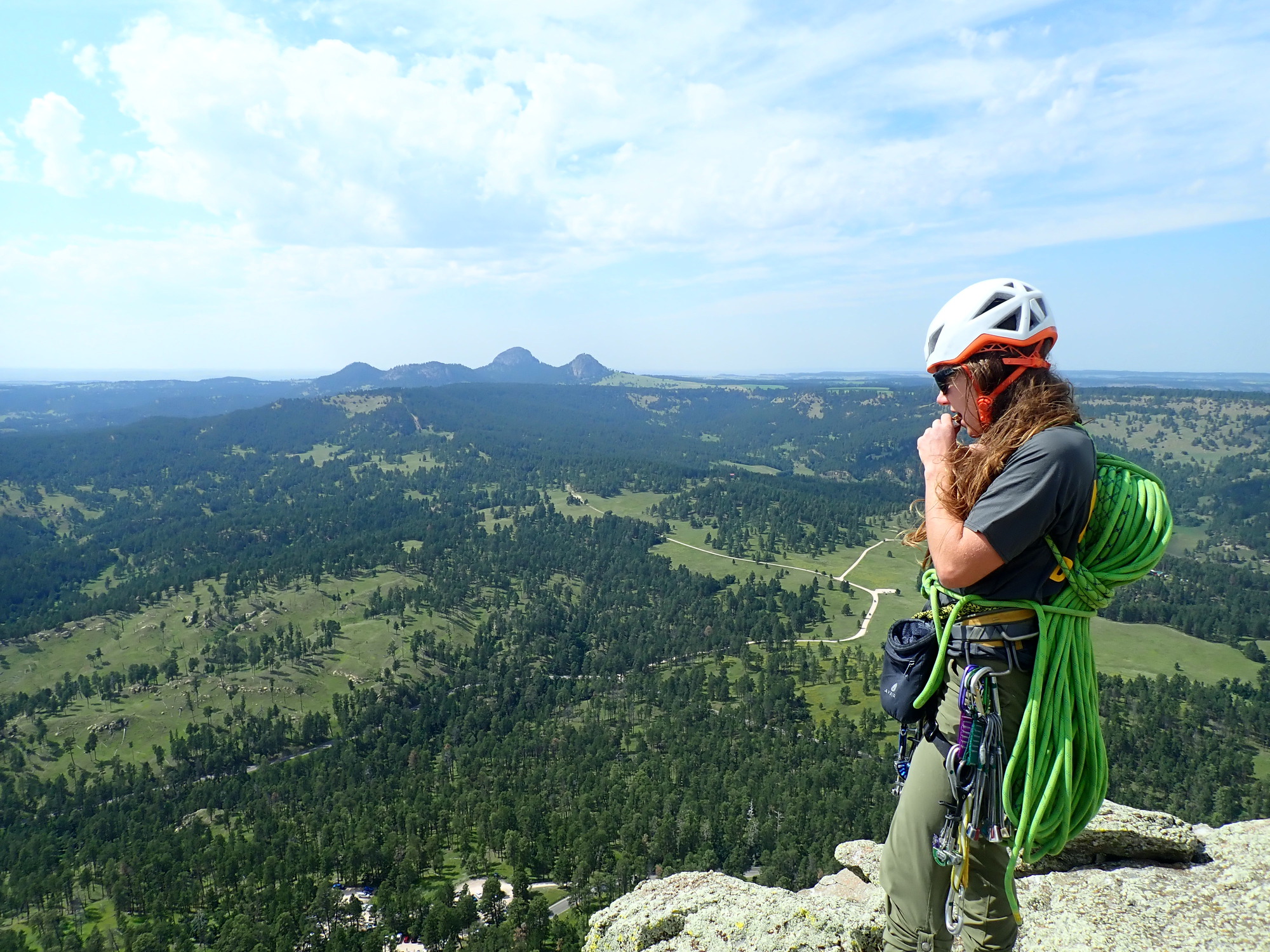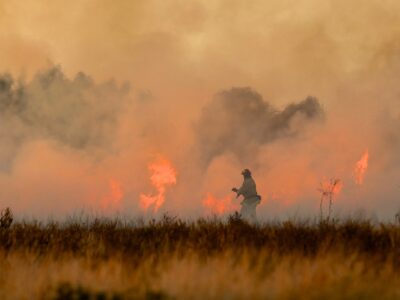“The wild country — indigo jags of mountain, grassy plain everlasting, tumbled stones like fallen cities, the flaring roll of sky — provokes a spiritual shudder. It is like a deep note that cannot be heard but is felt, it is like a claw in the gut.”
One of her state’s greatest artistic treasures, the acclaimed novelist and writer Annie Proulx, wrote these words in her seminal collection of short stories, “Close Range: Wyoming Stories.” This small paragraph may encompass all the beauty, danger, and deep mystery surrounding the aptly named “Cowboy State.”
The sound of the word “Wyoming” engenders mental pictures of high escarpments and crystal-clear high-altitude lakes.
It evokes scenes of herds of thousands of cattle and sheep trailed by leathery figures on horseback and two-lane roads that drive forever into eternity.
Perhaps this picture is a bit colored by Hollywood westerns, old cowboy story paperbacks, and postcards of a faraway Americana that used to be. Or perhaps, in the case of Wyoming, it’s pretty darn close to reality.
Wyoming was long inhabited by Native peoples who made their homes in the shadow of the Rocky Mountains, Grand Tetons, and the valleys between. The 19th century began the area’s modern era with the opening of the Oregon Trail and the establishment of Fort Laramie.
A place of individual freedom and pioneer spirit, the state proclaims itself “The Equality State.”
One gets the idea that this is as much about equality with the land around its citizens as it is about racial, social, or cultural equity.
A state with this much natural beauty and uniqueness of spirit surely has a story to tell. A couple of its most important tales can be found in its National Monuments.
Read on to learn more:
Devils Tower National Monument: This monument gets its name from the massive geological oddity that rises above the famous Black Hills in Wyoming. Devils Tower preserves the famous obelisk and includes Native history dating back thousands of years. The Northern Plains Tribes considered the tower sacred, and the oral history of their beliefs is still passed on today. White settlers who would follow were no less fascinated and drawn to the natural structure that was named America’s first National Monument. Today, Devils Tower is a hotspot for adventure seekers and nature lovers the world over.
Photo Courtesy NPS
Fossil Butte National Monument: This site has a curious nickname, but once one dives a little deeper into its history, it makes complete sense! Fossil Butte has been called “America’s Aquarium In Stone,” which might sound a bit strange to say about a place that is more than 1,000 miles from an ocean. However, some 52 million years ago, the area was covered by a giant freshwater lake, later dubbed Fossil Lake. Now, the area is home to some of North America’s most important fossilized discoveries. The monument preserves the site of insects, fish, mammals, reptiles, and birds who lived on the land and in the water millions of years ago. Today, visitors can tour the exhibits of these fossils and learn more about the area’s ancient history or simply use one of the hiking trails to explore the surrounding high sagebrush desert. This spot has a little bit of something for everyone!
Photo Courtesy NPS





